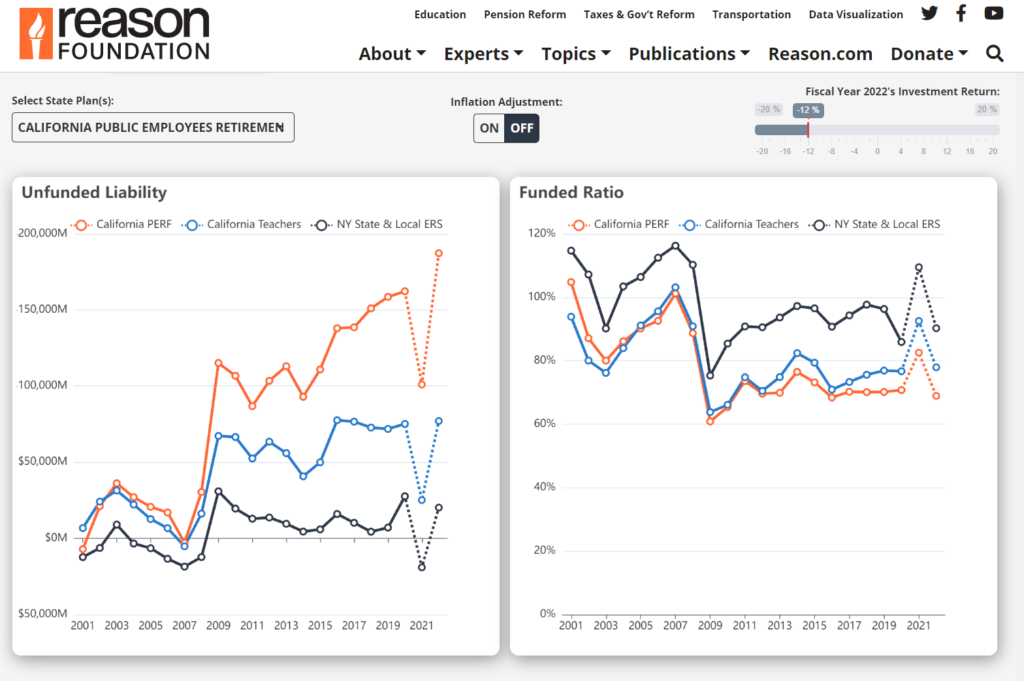Link: https://www.ai-cio.com/news/sec-adopts-amendments-to-proxy-voting-advice-rules/
Excerpt:
The U.S. Securities and Exchange Commission Wednesday adopted amendments to its rules governing proxy voting advice, representing another step forward in what has been a fraught regulatory process.
SEC Chair Gary Gensler, in a statement said, the final amendments aim to avoid burdens on proxy voting advice businesses that may impair the timeliness and independence of their advice. The amendments also address misperceptions about liability standards applicable to proxy voting advice, Gensler says, while preserving investors’ confidence in the integrity of such advice.
“I am pleased to support these amendments because they address issues concerning the timeliness and independence of proxy voting advice, which would help to protect investors and facilitate shareholder democracy,” Gensler says. “It is critical that investors who are the clients of these proxy advisory firms are able to receive independent and timely advice.”
As outlined in a press release distributed after the vote by the SEC, Wednesday’s final amendments rescind two rules applicable to proxy voting advice businesses that the Commission adopted in 2020. Specifically, the final amendments rescind conditions to the availability of two exemptions from the proxy rules’ information and filing requirements on which proxy voting advice businesses often rely.
Author(s): John Manganaro
Publication Date: 14 July 2022
Publication Site: ai-CIO


